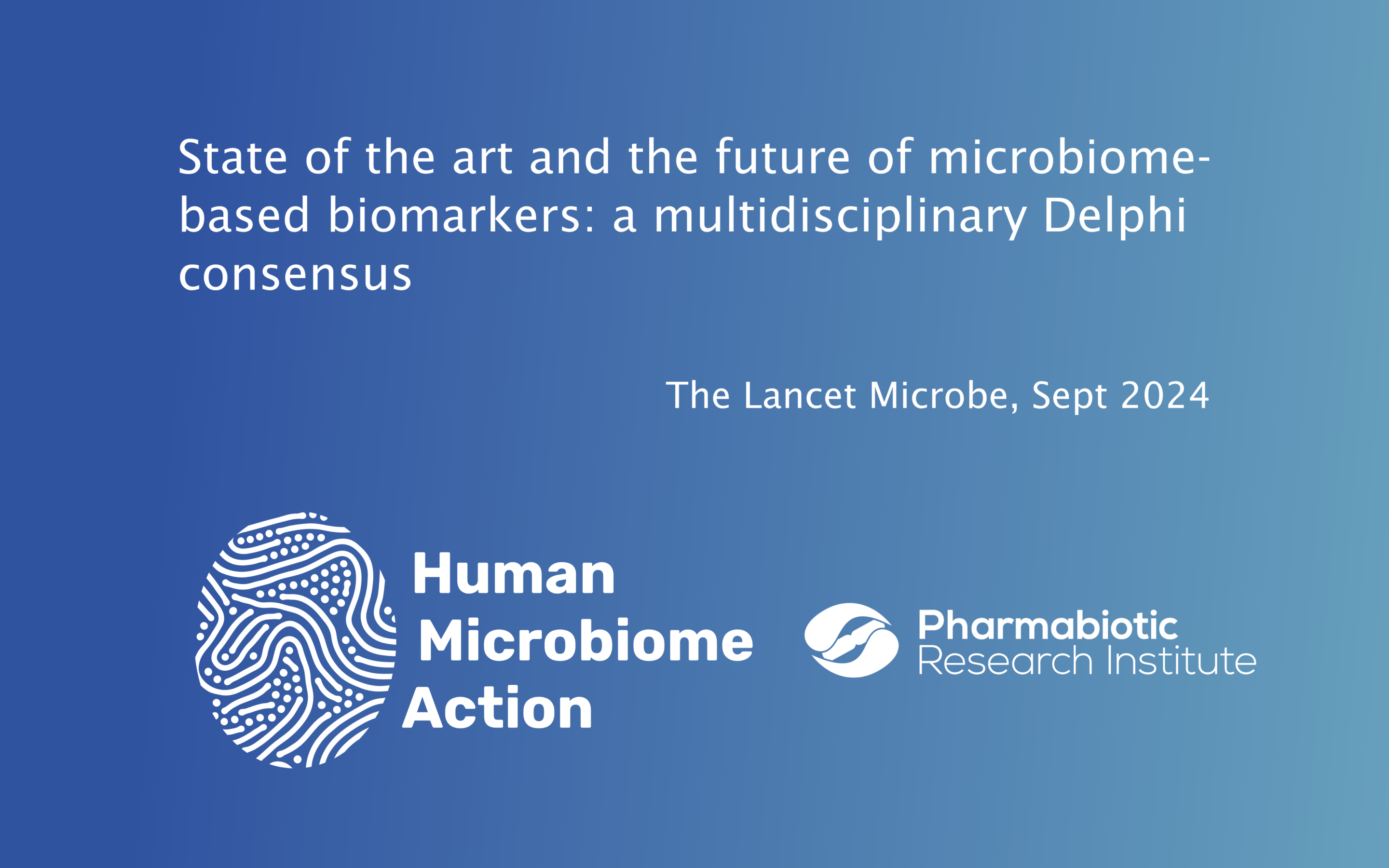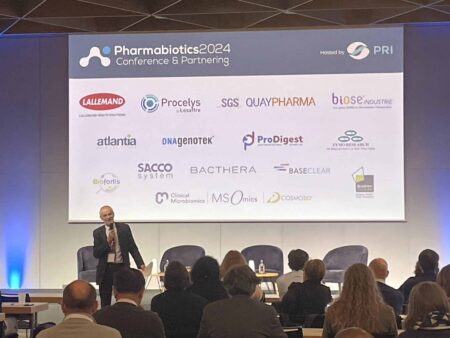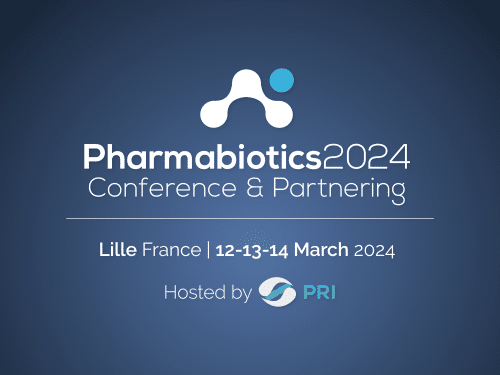The microbiome field is suffering from limited reproducibility and comparability between studies, especially in large human cohorts. This lack of reproducibility and comparability is a major hurdle in the emergence of microbiome-based biomarkers. The emergence of standards is essential for the progression of the microbiome field and translation from research into clinical practice.
The National Institute for Biological Standards and Control (NIBSC) has started an initiative for effective standardization of the microbiome field by developing reference reagents.
The first reagent developed, called DNA-Gut-mix RR, is a DNA-based reference reagent containing DNA from 20 microbial strains and allowing bias detection in library preparation, sequencing and bioinformatics pipeline (1). After a collaboration study in which 23 labs participated, this reagent was endorsed by the WHO in March 2022 (2).
However, this DNA-Gut-mix RR will only allow for the detection of bias in some steps of the highly complex analysis pipeline from microbiome samples to compositional data. One of the key steps is DNA extraction, and some studies suggest that this DNA extraction step could be associated with the most relevant bias (3). Thus, developing a standard allowing for bias detection during this DNA extraction step is key to moving forward on standardizing microbiome analysis. To this end, Dr. Chrysi Sergaki et al has developed a second reference reagent, consisting of whole cells and termed ‘whole cell reference reagent’ (WC-Gut RR) (4). This reference reagent is key in detecting bias in DNA extraction, firstly by assessing the DNA physiochemical properties but also the impact of DNA extraction on the composition of the community in the microbiome sample.
This WC-Gut RR contains whole cells from the same 20 strains as the one contained in the DNA-based reference reagent. These 20 strains are strains commonly found in the gut, representing the complexity of the gut microbiome with anaerobic and hard-to-lyse strains. The NIBSC WC-Gut RR will complement the NIBSC DNA-Gut-mix RR.
NIBCS is now launching a collaborative study to test this WC-Gut RR and propose a set of minimum quality criteria (MQC) which will have to be reached by any lab performing microbiome analysis. Based on this collaborative study, they will submit the reference reagent for endorsement by the WHO.
If you are interested in joining this collaborative study, do not hesitate to contact Chrysi Sergaki at the MHRA for more information.
References
- Amos GCA, Logan A, Anwar S, Fritzsche M, Mate R, Bleazard T, et al. Developing standards for the microbiome field. Microbiome. 2020 Jun 26;8(1):98.
- WHO/BS/2022.2416: A WHO collaborative study to evaluate the candidate 1st WHO International Reference Reagents for Gut Microbiome analysis by Next-Generation Sequencing [Internet]. [cited 2022 Aug 24]. Available from: https://www.who.int/publications/m/item/who-bs-2022.2416
- Costea PI, Zeller G, Sunagawa S, Pelletier E, Alberti A, Levenez F, et al. Towards standards for human fecal sample processing in metagenomic studies. Nat Biotechnol. 2017 Nov;35(11):1069–76.
- Sergaki C, Anwar S, Fritzsche M, Mate R, Francis RJ, MacLellan-Gibson K, et al. Developing whole cell standards for the microbiome field. Microbiome. 2022 Aug 9;10(1):123.





